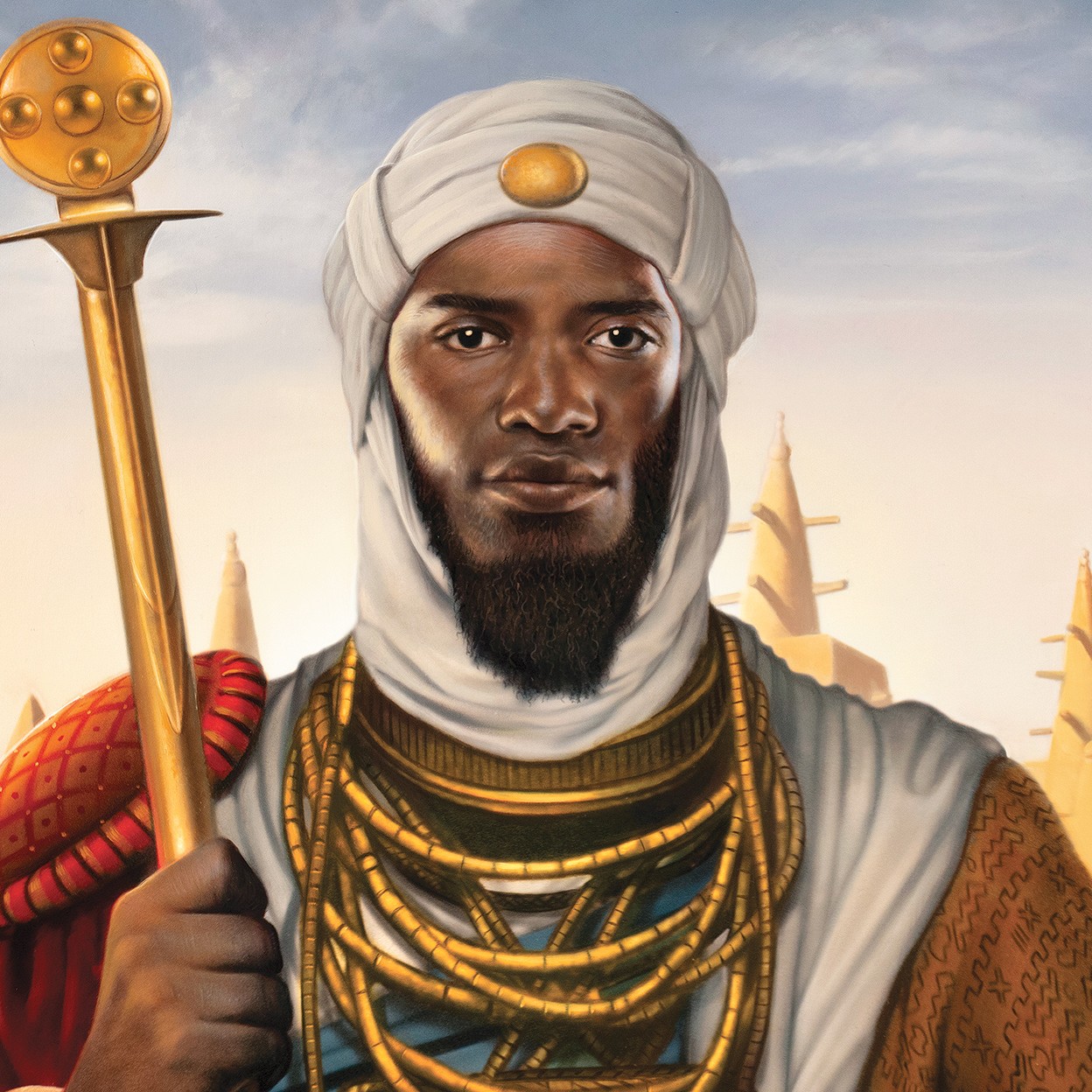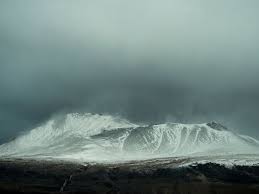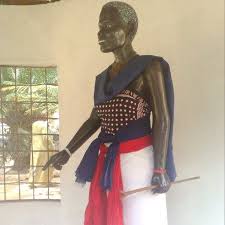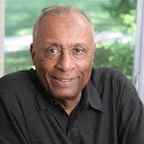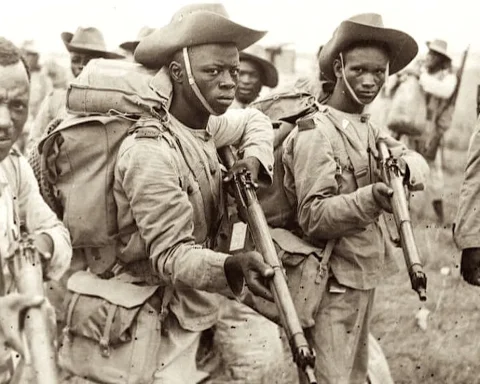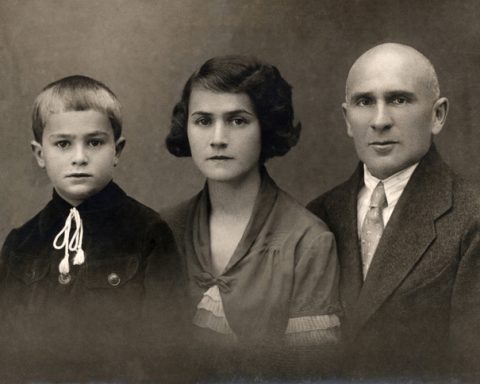This is the second week of our May biweekly series that focuses on black men who changed the world with their inventions.
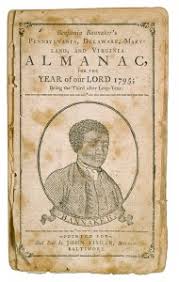
Benjamin Banneker
On November 9, 1731, Benjamin Banneker was born to an ex-slave named Robert and his wife, Mary Banneky, in Maryland.
Mary and her husband, Robert, who she freed, ensured that Benjamin escaped slavery as they were both freemen. His maternal grandmother taught him to read, and for a short while, he attended a small Quaker school.
At an early age, he showed interest in mathematics and went on to build an accurate wooden clock. George Ellicott, a Quaker and amateur astronomer whose family owned nearby mills, encouraged Benjamin to have a go at astronomy.
His interest grew, and not so long after, he was making precise astronomical observations. He also predicted a solar eclipse accurately.
In 1781, he worked with Andrew Ellicott to survey the present-day Washington DC land.
He was an African-American naturalist, mathematician, abolitionist, astronomer and almanac author. He was a landowner and worked as a surveyor and farmer.
In his 1793 almanac, he wrote a letter to US secreU.S.ry, Thomas Jefferson, condemning slavery strongly and warning him of the dangers of making a race inferior to the other.
He added that he had written the almanac as an African-American, proving that African Americans were just as intelligent as other races.
In time, Thomas Jefferson replied, telling Benjamin Banneker that he had taken the liberty of sending his almanac to the French library of sciences secretary, Monsieur de Condorcet. Thomas Jefferson believed that the almanac silenced people’s doubts about the black race.
This action endeared Benjamin to the abolitionist societies in Pennsylvania and Maryland. The two institutions played an important role in helping him publish his almanacs.
Benjamin never married, and he died on October 9, 1806.
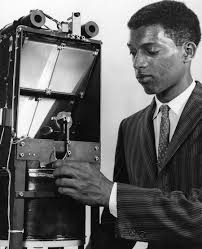
George Carruthers
George Carruthers was an African American inventor, physicist, engineer and space scientist.
He was born on October 1, 1939, in Cincinnati, Ohio. The first child of George and Sophia Carruthers’ four children. His father was a civil engineer and encouraged his interest in science.
At the age of 10, George made his telescope with materials he bought from his earnings as a delivery boy. His father died when he was 12, forcing his family to relocate to Chicago, where his mother worked for the US Postal.
George’s interest in science only grew further, and he won a couple of awards in Chicago’s high school science fairs. He entered the engineering program at the University of Illinois’ Champaign-Urbana campus with a focus on aerospace engineering and astronomy.
He earned his master’s and PhD, after which he went to work for the U.S. NavU.S.esearch Laboratory as a National Science Foundation postdoctoral fellow. In two years, he became a full-time research physicist.
On November 11, 1969, he was awarded a patent for his “Image Converter for Detecting Electromagnetic Radiation Especially in Short Wave Lengths.” During a 1970 rocket flight, his UV telesU.V.pe, spectrograph, and image converter provided the first proof of molecular hydrogen in interstellar space.
His invention was used in the first lunar walk of the Apollo 16 mission. This enables scientists to see for the first time the Earth’s atmosphere for concentrations of pollutants and see UV imageU.V.of more than 500 stars, nebulae and galaxies.
He received NASA’s Exceptional Scientific Achievement Medal for his work. He had other amazing inventions and was inducted into the National Inventor’s Hall of Fame for his work in science and engineering.
He died on December 26, 2020.
READ ALSO 👇👇👇
Two Important Inventions That Would Not Exist Without Black Men
Two Important Inventions That Would Be Impossible Without Black Women

